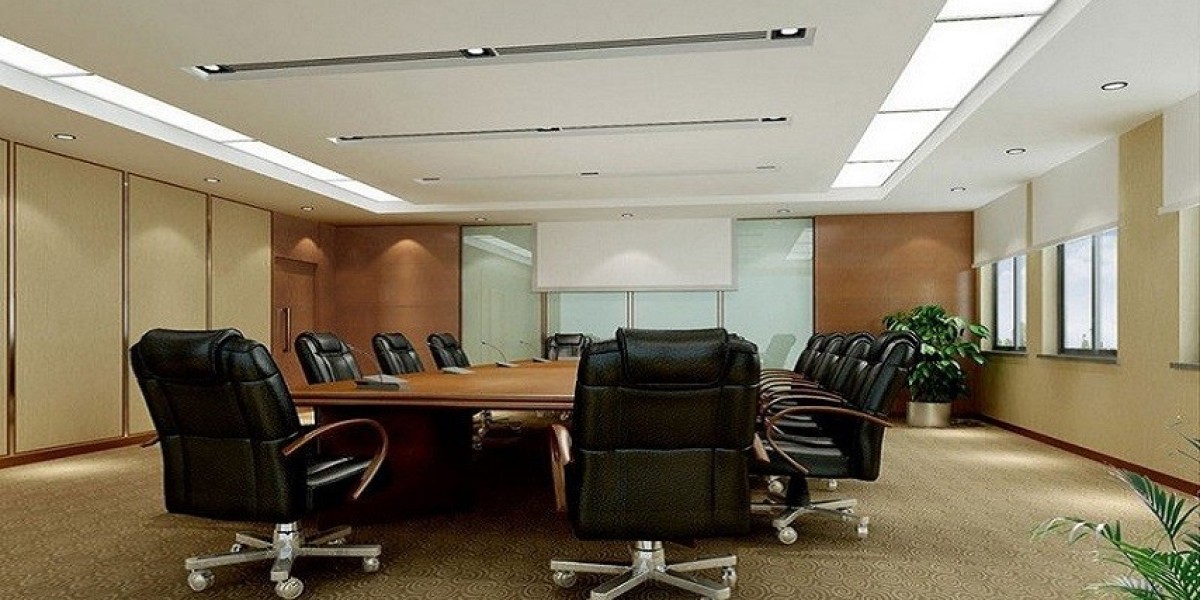Your reception area is more than just a waiting room; it's the first impression your business makes. In a world where first impressions are everything, this space has the power to either captivate and engage or leave visitors feeling underwhelmed. A truly effective reception area doesn't just look good; it reflects your brand identity in every thoughtful detail, speaking volumes before a single word is exchanged.
Why Your Reception Area is Your Brand's Silent Ambassador
Think of your reception space as the physical embodiment of your brand. It's the prologue to your company's story, setting the tone for every interaction that follows.
- The First Impression is Lasting: Within seconds of walking in, visitors form an opinion of your company. A well-designed, brand-aligned reception area immediately communicates professionalism, trustworthiness, and your unique corporate personality.
- Reinforces Your Values: Is your brand innovative and cutting-edge? Traditional and reliable? Creative and playful? The design choices in your reception can subtly, yet powerfully, convey these values.
- Enhances Client Experience: A welcoming, comfortable, and aesthetically pleasing reception area puts clients at ease, making their wait more pleasant and their overall experience with your company more positive.
- Boosts Employee Pride: A thoughtfully designed entrance isn't just for visitors; it also instills a sense of pride in your employees, reinforcing their connection to the company and its image.
- Creates a Memorable Experience: In a competitive market, standing out is crucial. A unique and memorable reception space can become a talking point, leaving a lasting positive impression.
Key Elements to Infuse Your Brand into Your Reception Design
So, how do you translate abstract brand values into a tangible, impactful space? It's all about intentional design choices:
- Color Palette: This is often the most immediate visual cue. While incorporating your brand's primary colors is essential, consider using them as accents or in varying shades to avoid an overwhelming effect. Complementary colors can create balance and sophistication.
- Materials & Textures: The tactile experience of your space speaks volumes.
- Modern & Innovative: Think sleek glass, polished concrete, metal accents, and minimalist furnishings.
- Warm & Inviting: Opt for natural wood, soft fabrics, comfortable seating, and perhaps textured walls.
- Luxurious & Prestigious: Incorporate marble, rich leathers, dark woods, and elegant lighting.
- Sustainable & Eco-Conscious: Feature reclaimed wood, living walls, natural fibers, and energy-efficient lighting.
- Lighting: Beyond basic illumination, lighting sets the mood.
- Bright & Energetic: Ideal for dynamic, fast-paced brands.
- Soft & Ambient: Creates a more calming, professional atmosphere.
- Accent Lighting: Use to highlight brand signage, artwork, or architectural features.
- Branding Elements: Don't just stick a logo on the wall!
- Prominently Display Your Logo: But make it an integrated design feature, perhaps back-lit or crafted from a unique material.
- Showcase Your Story: Use digital displays to show company videos, highlight achievements, or feature client testimonials.
- Incorporate Brand Messaging: Subtle signage or wall graphics can reinforce your mission statement or core values.
- Furniture Selection: Choose pieces that are not only comfortable but also align with your brand's aesthetic.
- Sleek & Contemporary: For a modern tech company.
- Classic & Timeless: For a law firm or financial institution.
- Eclectic & Artistic: For a creative agency.
- Comfortable & Modular: For a relaxed, collaborative environment.
- Layout & Flow: The physical arrangement of the space impacts perception.
- Open & Welcoming: Avoid barriers that make visitors feel separated.
- Defined Zones: Create clear pathways and distinct areas for waiting, check-in, and private conversations.
- Accessibility: Ensure the space is welcoming and navigable for all visitors, regardless of mobility.
- Sensory Details (Beyond Sight): Don't forget the power of less obvious senses.
- Scent: A subtle, pleasant aroma can leave a lasting positive impression.
- Sound: Consider ambient music or sound-dampening materials to control noise levels.
- Comfort: Temperature control and comfortable seating are fundamental.
- Artwork & Decor: These are opportunities to inject personality and creativity. Choose pieces that resonate with your brand's ethos, whether it's local art, abstract pieces, or displays related to your industry.
The Design Process: From Concept to Reality
Designing a reception area that truly reflects your brand requires a strategic approach. It often involves:
- Discovery Phase: Deeply understanding your brand's values, mission, target audience, and specific functional needs.
- Concept Development: Translating these insights into design themes, mood boards, and preliminary layouts.
- Material & Furniture Selection: Choosing finishes, furniture, and fixtures that align with the concept and meet functional requirements.
- 3D Visualization: Creating realistic renderings to help you envision the final space.
- Execution & Installation: Bringing the design to life with meticulous attention to detail.
By thoughtfully curating every element, your reception space will transform from a mere waiting area into a powerful, silent ambassador for your brand, leaving a remarkable and lasting impression on everyone who walks through your doors.
Modern Office Design Trends We Integrate Into Our Turnkey Projects
Choosing the Right Laboratory Furniture: A Complete Buyer’s Guide







